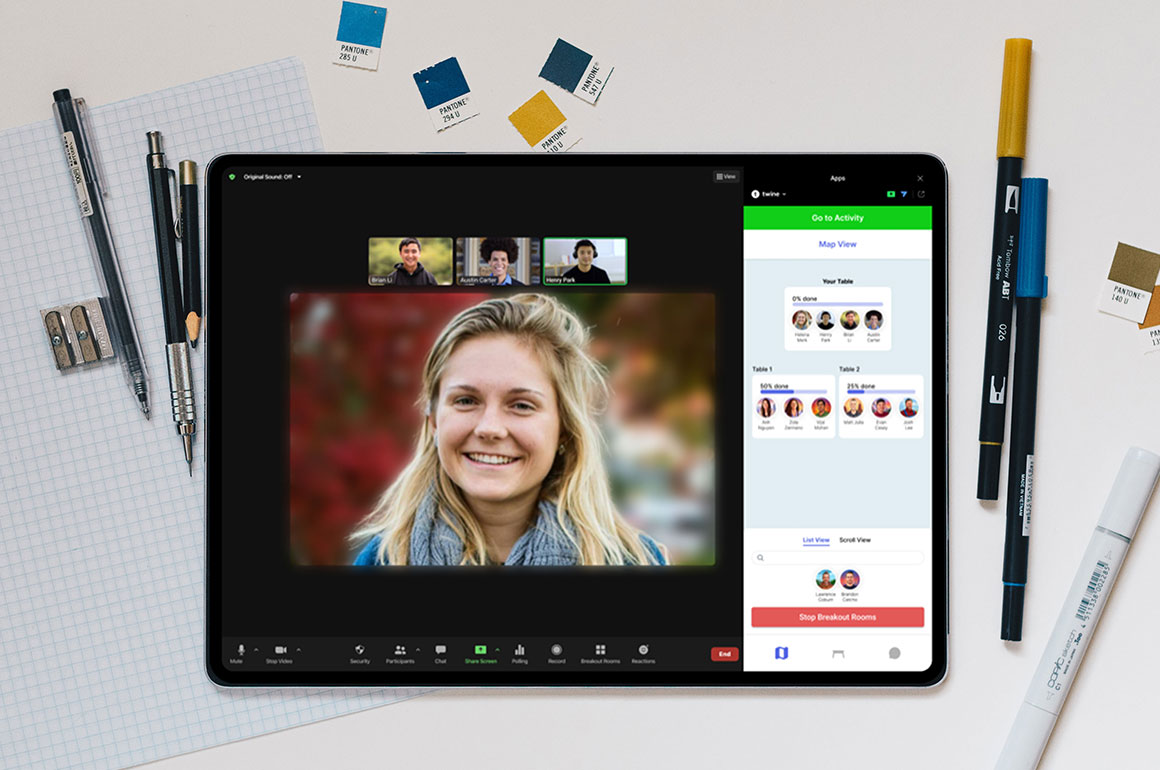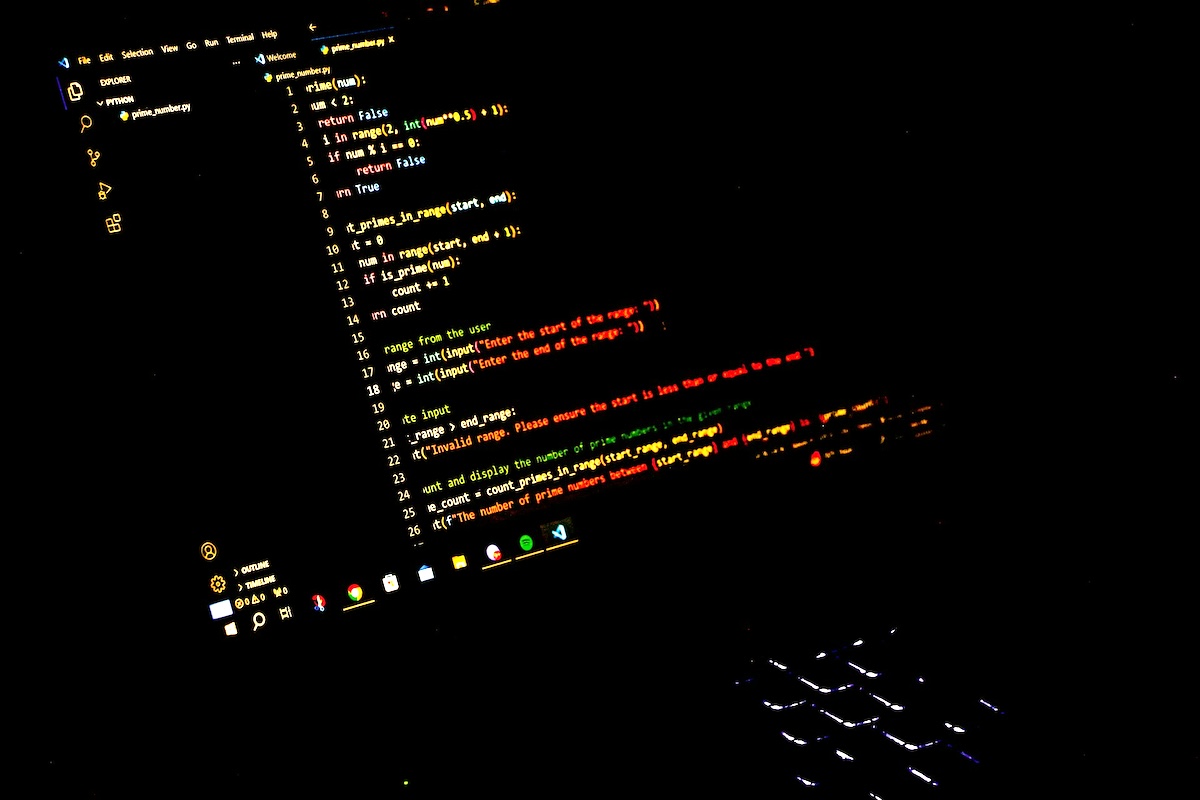Skift Take
Software company twine, a specialized tool for networking, just announced its acquisition of Glimpse, part of the Zoom App Marketplace. This deal marks the launch of twine for Zoom, a tool that combines matchmaking software with Zoom Breakout Rooms.
Twine’s just-announced acquisition of Glimpse is aiming to raise the bar on the way groups connect and network during Zoom breakout sessions, whether at virtual events or in remote workplace meetings.
Executives did not provide financial details of the deal other than to say it was an all-stock transaction. The deal closed on Wednesday.
An immediate result of the acquisition is the launching of twine for Zoom, which draws on innovations from the two software companies and their mutual focus on building communication and engagement for remote teams and virtual attendees.
Glimpse, a developer on the Zoom App Marketplace, secured early access to the APIs for Zoom Breakout Rooms. The company then developed features that give users new ways to control and engage with Zoom Breakout Rooms, the feature that allows Zoom meeting participants to break out into smaller groups.
Shared Mission
Coburn said in a statement that he expects twine for Zoom to be the default way that most Zoom customers will use Zoom Breakout Rooms going forward. He also noted that twine and Glimpse have a shared mission in using software to bring people in disparate locations together, one that has intensified with the rise of remote work and virtual communication.
Glimpse’s two co-founders are taking on advisory roles, while its two engineers and an administrator are joining the twine team. Twine will take over the contracts of existing Glimpse clients, giving the combined company hundreds of corporate, higher education and virtual event-based customers.
“We’ll continue to support the Glimpse web app and look to start migrating folks over to twine,” Coburn said during an interview with EventMB, which included a twine for Zoom demo.
A Visual Interface for Zoom Breakout Rooms and Matchmaking
In illustrating what twine for Zoom is bringing to the virtual breakout experience, Coburn emphasized that the goal is to replicate the kind of casual networking that “used to happen in the hallway, bar, the elevator, but with some additional modes.”
With modes including Map, Matchmaking, and Host Only, twine for Zoom enables users to join various tables in virtual breakout rooms for what Coburn said is a more interactive and spatial experience than was available before.
“As an attendee, you can drop into whatever table you want,” Coburn said. “You can add labels to these tables. There could be tables talking about the future of events or about event tech. You can drop in from table to table. You’re able to do some of these same things with Zoom breakout today, but it’s a list view.”
Instead of a list view, users can navigate visual representations of the breakout room tables, with profile pictures used to show who is “seated” at each table. The host is able to communicate via chat across all of the breakout rooms. Other features include the ability to set time limits for roulette-style conversations, use tags to match participants according to professional groups (e.g. buyers and sellers) or interests, and assign tasks or icebreaker questions for each virtual table.
“As the host, you can see people populating these tables and you can see the commotion and the conversations that are happening,” Coburn said. “All of this stuff has never been available in Zoom, and we are going to be the first to market.”
Product Integration and Expansion
Twine will continue to support the Glimpse web app in the near term, with the ultimate plan of combining Glimpse’s tag-based matchmaking technology with its own roulette-style networking, Coburn said.
Coburn added that twine intends to expand the use of this technology into integrations with multiple apps common to remote teams. “You’ll start to see that matchmaking logic power experiences within Zoom, within Teams, within Slack,” he said. “And we’ll start to build a real suite of matchmaking applications.”
The top priority with product integration will be to make it possible for anyone to use twine wherever they work, but it will also have use cases in virtual event settings. As Coburn explained, “Some of the meetings start on Zoom, so they can use the Zoom app. Some meetings might be embedded within a virtual event platform running twine on Goldcast.”
In terms of next steps for the product, Coburn believes that engagement analytics will be key: “What we need to do is unify the analytics so we can help you understand who’s talking to who, what is that network graph within your event? That’s going to be job one.”
The Blending of Virtual Event Tech and Internal HR Tools
Coburn anticipates that the major market for twine by Zoom will be a combination of smaller virtual events and internal meetings.
“There are a lot of virtual events happening out there that need a big platform, but there’s probably a long tail of virtual events that are running entirely on Zoom,” he said. “And that’s a limited experience. It tends to be content only. So our hope is that this is going to unlock true serendipitous networking for that long tail of smaller events that run exclusively on Zoom.”
Beyond that, twine’s ultimate goal is to bring the experiences of in-person business communication to the virtual space.
“In the old world in the office, there would be coffee chat at the beginning and people would break out at the end,” Coburn said. “Now that’s [virtually] possible for every team meeting, for every sales kickoff.”
When asked how he saw the division between virtual event solutions and internal tools playing out, Coburn answered, “The line is very gray.”
Is twine’s plan for market expansion part of a larger trend in which the division between virtual event tech and workplace software becomes increasingly blurry? Ultimately, both serve the same goal: connecting people across remote locations. The larger question may be whether integrations or acquisitions end up being the bigger driver of this transition towards all-purpose solutions.
IN CONCLUSION
Twine’s acquisition of Glimpse is a notable union of two software companies with expertise in communication for remote teams and virtual events. The resulting launch of twine for Zoom promises to offer more engaging breakout sessions at Zoom meetings.
With the rise of remote work creating greater need for effective virtual communication among teams no longer in the same office, it’s a well-timed development — and it may signal a larger trend in which event tech players not only join forces with other established players, but also stake a greater claim in the market for year-round workplace solutions.





